What is an Otoscope?
Perhaps you’ve never heard of an otoscope, but you have definitely seen one! Otoscopes are the devices a physician used to look inside ears. They have a small light on the thinner side that goes inside the ear canal and a magnifying glass on the other. Pediatricians use them a lot to help diagnose ear infections in children.
What Does It Mean?
Otoscopes can be separated into the smaller words “oto” and “scope.” Scope means “to look at.” We see this root in many other words such as telescope and stethoscope. “Oto” is a Greek root that refers to ears. Therefore, an otoscope is a device used for looking in the ears.
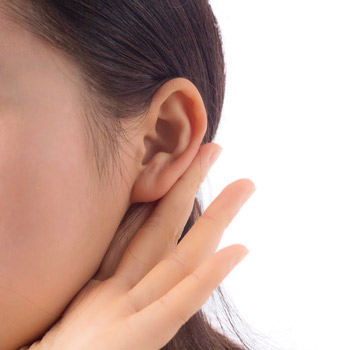
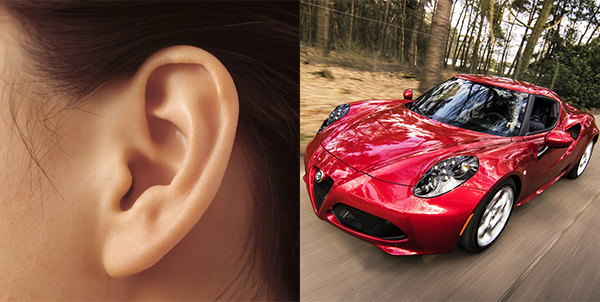
How to Pronounce
The prefix in otoscope is pronounced like the word “auto,” referring to a car. Just remember when you hear the word that it refers to ears, not vehicles.
What Are These For

An ECG, in cardiology – is used to detects cardiac (heart) abnormalities by measuring the electrical activity generated by the heart as it contracts, thermometers are for temperature whereas this medical device primary purpose is to check the inside of the ears of a patient. A physician whose ethics are intact with healthcare providers such as hillrom will use them to diagnose many ailments, including acute infections in the ear canal, swimmer’s ear, and burst eardrums. Practitioners can also use them to examine the nostrils as part of the physical exam.
In some earlier cases, there is evidence that otoscopes are helpful for other medical purposes, including finding veins or examining foreign bodies such as splinters. They are also useful in veterinary medicine for some of the same reasons they are useful in human medicine.
Many people also find the power to look closer with the use of otocopes – it is handy in the same way as other types of small flashlights, including those that come pre-installed on your cell phone. If you need to peer into a small dark space, such as when fixing a car, this can do the trick.
Types
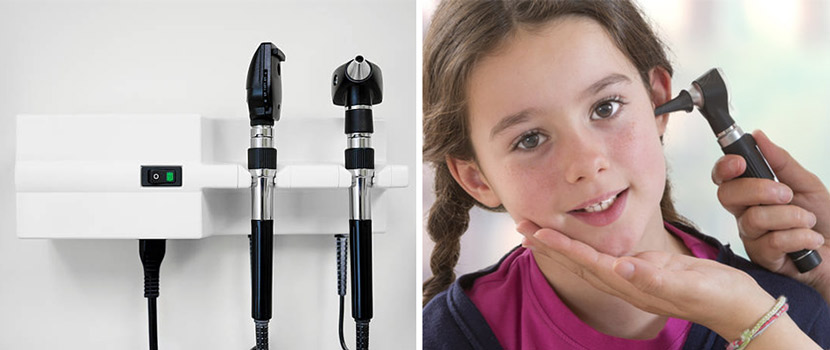
The two most common types of otoscopes are wall-mounted and mobile. Wall-mounted otoscopes are most common in a physician’s office, while mobile auto scopes are more common in homes.
Otoscopes come in a wide variety of sizes and shapes. Some are small and perfect for travel. There are even some that display a digital image of the inner ear. These are great for people who live alone and would like to examine their own ears.
Best Otoscopes:
If you have children, you definitely need to have one ready for ear infections! Affordable devices can simplify that way for you to check – eye examination, or your child’s ear, nose, and mouth. This means fewer expensive trips to the doctor’s office. Having your own traditional otoscope can also make it easier for you to have a Telehealth appointment because you already have some of the same tools your doctor or your child’s pediatrician would use to diagnosis.

1. Best Overall Otoscopes
Our favorite traditional otoscope overall is the Doctor Mom Professional Otoscope. Even though this tool is almost exactly like the otocopes found in pediatricians offices in terms of quality and sturdiness, it does not come with a hefty medical-grade price tag. It does come with a travel case, a detailed guide to ear infections with pictures, batteries, and specula tips for both children and adults. Doctor Mom also advertises a forever guarantee on this product because they know it is built to last and that its the best around.

2. Best Pocket
Prestige Medical brands make a traditional otoscope that is great for travel. This no-frills tool runs on AAA batteries and is perfect for camping, vacation, or air travel. It would also make a great addition to a car first aid kit. This otoscope is especially small, weighing in at only 2.5 oz, and is the size of the average adult hand. It is also multi-functional and works as a convenient penlight.

3. Best Video
Prabensi makes a fantastic video otoscope. Unlike other wireless otoscopes, this one does not need Wi-Fi or a special app. This means, with the right positioning – you can use it at home or on the go. The Prabensi otoscope also comes with a screen that can be used to diagnose conditions such as ear infection or strep mouth. You can easily compare the screen with images from a guide or from the internet side-by-side. You can show the screen to a doctor without having to leave your home.
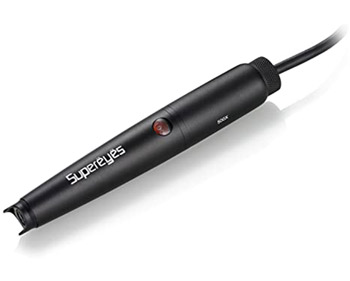
4. Best with Manual Focus
If you have ever looked through binoculars – positioning and adjusting the focus by turning the lens, you have a good idea about how an otoscope with manual focus works. Though it may seem more tedious, an otoscope with manual focus is kind of like the Swiss Army knife of endoscopes. You can use them to examine your ears, nasal cavities, and mouth, but you can also use them to focus on circuit boards, splinters, or basically anything you would examine under a microscope. This is why we recommend the Super Eyes. This stylish black device is an otoscope and microscope bundled into one, saving you from having to have tons of tools that all serve similar purposes.
Popular Articles on ComproGear
Compression Socks for Ankle Swelling Ankle Swelling Socks
Medical Compression Socks Medical Grade Compression Stockings
Rose Toy Rose Bud Toy
Best Compression Socks for Ankle Swelling Socks for Obese Ankles
Compression Leg Sleeves Medical Compression Sleeves for Wide Legs
Best Compression Socks for Varicose Veins Best Compression Socks for Vericose Veins
Best Compression Socks for Standing All Day Do Compression Socks Help With Standing All Day?
How to Hold
It is important to hold an otoscope correctly because incorrect usage can result in ear pain or injury. Typically, the user will brace their hand while using an otoscope to keep the handle steady. A simple way to do this is to place your index finger against your child’s jaw or neck just below the ear.

How to Use
Before using an otoscope, it is important to prep the ear. Do this by gently pulling the earlobe down and out – there is evidence that this could cause some pain and tenderness for people with moderate to severe acute infections, but it will ensure you can insert the scope correctly.
Otoscopes have a narrow end with a flashlight. Make sure to do the right positioning and gently insert this end into the ear. Then, bracing your hand, look through the other end, which has a magnifying glass. Make sure you do not lean against the otoscope because you risk pushing it too far into the ear and causing more damage.
Most otoscopes will come with an illustrated guide – available in English or other languages such as Español (Spanish) to enable for you to understand what you see inside the ear. This will include pictures of normal, healthy eardrums as well infected ears, ears with tubes, and burst eardrums.
If you are using an otoscope to examine someone’s nostrils, you will start by gently pushing the skin at the tip of the nose up and back. This will help the nostrils look closer and make them easier to see. Then, shine the light of the otoscope inside the nose and look through the lens. Do this for each nostril individually, but make sure you do not accidentally shine the light into the eyes.
Finally, to use the otoscope to observe the back of the throat, have your child open his or her mouth wide. It may help if the person you are checking says an intensive “ah.” You may also need to use a tongue compressor in order to get the tongue out of the way so you can see the tonsils and the back of the throat. A craft stick could work in a pinch.
Like ear ailments, it is easy to find illustrated guides to mouth and tonsil disease – even on Instagram. If your otoscope does not come with one, you can easily find such a guide available in English or other languages such as Spanish online. You can also follow and subscribe various videos to help if you need someone to walk you through this.
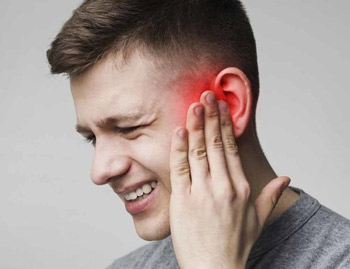
What Does an Ear Infection Look Like Through an Otoscope?
Likether infections, ear infections do not all look the same. Common signs of problems include dilated blood vessels, pus or drainage, a yellow or greenish color, redness, redness, or a swollen eardrum. In some cases, an ear infection has progressed so much that eardrum will burst. If this is case you will likely see some blood inside the ear canal.
Tips

The black covers that go over the tip of an otoscope are called specula. Using the same one over and over again could get really gross, really fast. It could also spread infection. For example, if you have two children complaining of an earache, and only one actually has an ear infection, using the same specula for both can enable the infection from one child to another. Specula also get covered in earwax or cerumen, so it is not a good idea to keep reusing them.
Most otoscopes come with several tips that are designed for either child or adult use. In some cases these tips can be reused after being thoroughly cleaned. In other cases they are disposable. If your otoscope uses disposable specula, make sure you stock up on tips in advance.
Where to Buy Otoscopes

- In the earlier olden days, our own parents would have had to buy otoscopes directly through medical suppliers, at traditional specialty stores, or through catalogs.
- Now however, we all have the world quite literally at our fingertips. Otoscopes are for sale all over the internet. You can buy them through Amazon among many other various retailers.
Summary
Unfortunately, children are prone to infections and injuries that affect their ears, noses, and throats. Fortunately, otoscopes can simplify the examination of your child’s ear canal at home, saving you time and money on frequent trips to the paediatrician’s office. An otoscope can also help make telehealth appointments more functional. These handy tools are highly affordable and have many uses. Invest in one today to save yourself headache (or, perhaps, earache) tomorrow.
This page last updated December 16, 2022